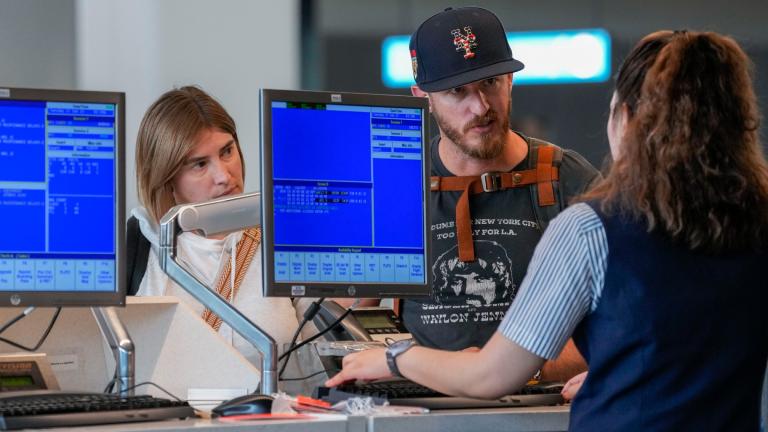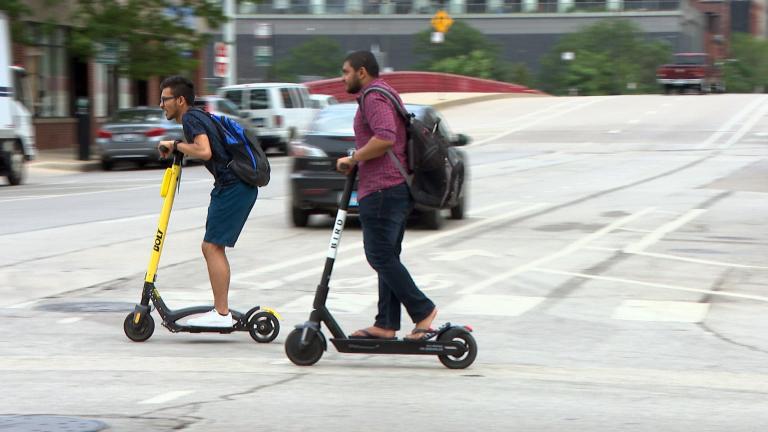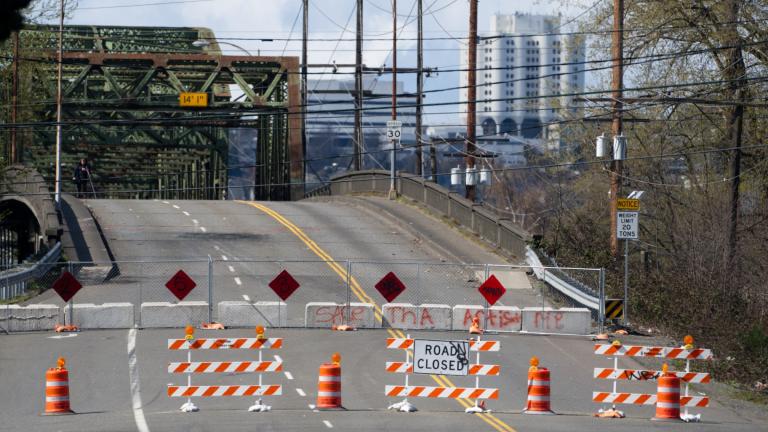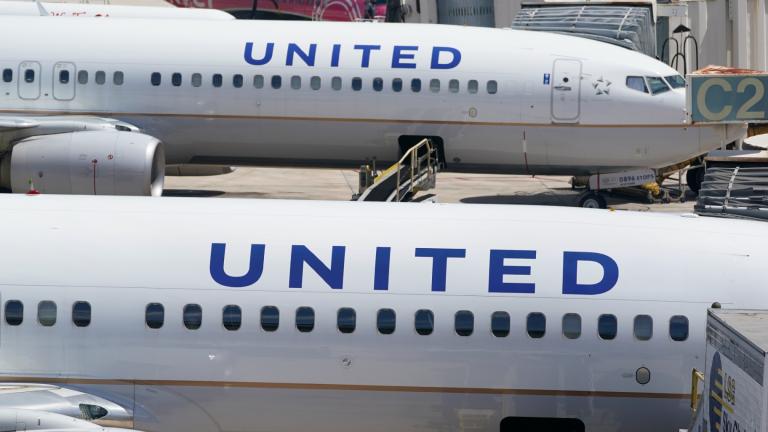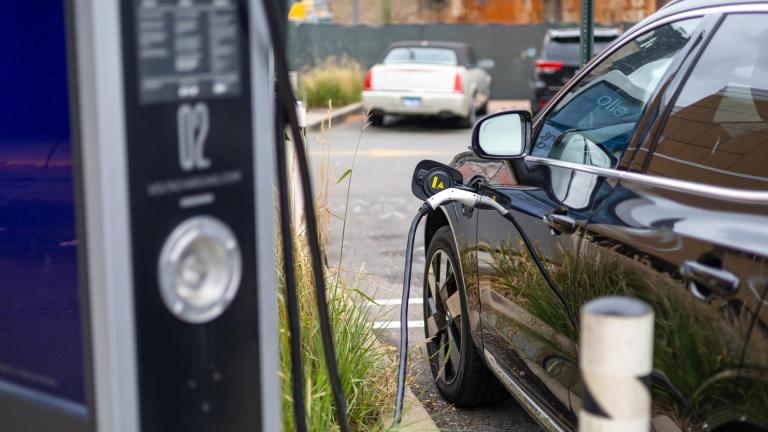Since the spring, ride-share users have complained of high surge prices and longer waits, a product of increased demand and fewer drivers on the road.
Uber and Lyft say they’ve added thousands of drivers in recent weeks, leading to a drop in wait times and high fares. But many passengers are still unhappy and some are turning to taxis – an industry hit hard by the popularity of ride-share services and by COVID-19.
“A lot of people forget (the pandemic) was the second big hit for the taxi industry,” said attorney Furqan Mohammed of Mohammed, Shamaileh & Tabahi. “Five years or so ago, before the pandemic, we had rideshare coming into town, which took a significant chunk of the taxi business.”
Fayez Khozindar, executive director of the United Transporters Community Council, also known as the United Taxidrivers Community Council, agrees that it’s been a difficult few years. “The taxi industry suffered very huge losses, and now we feel like people are coming back … and drivers (are) coming back to their business again,” he said.
Khozindar says he hears from drivers that demand is up, with passengers lining up for taxis at Midway and O’Hare airports. “Customers (are) coming back because they cannot afford the high prices of Uber and Lyft,” he said.
In a statement to WTTW News, an Uber spokesperson responded to complaints of high prices and wait times. “Uber launched a $250 million incentive program in April to get more drivers on the roads because more drivers mean lower prices for our riders. The program is working — we are seeing drivers return and prices stabilizing with fewer and fewer trips experiencing higher than normal prices,” the statement reads.
Lyft also responded to a request for comment, saying its service is improving as well. “We’ve added thousands of drivers in the past few weeks and it’s already leading to a better rider experience with wait times down more than 15% nationwide and down 35% in some major markets. For drivers, it continues to be a great time to drive with drivers in top markets earning significantly more than they were pre-pandemic.”
Mohammed said cabs have an inherent advantage for riders over Uber and Lyft: “They can’t increase the prices due to external factors or to take advantage of bad weather or certain rush hour periods. I think there’s a lot more predictability with a cab,” he said.
But while he describes himself as optimistic about the increase in demand for taxis, “if you look at the number of cabs operating today versus before the pandemic – versus even how many cabs there used to be before Uber and Lyft – we’re seeing a pretty big decline overall,” Mohammed said.
Khozindar says maintaining the cab business is essential for Chicago’s economic livelihood. “The city cannot live without taxis at the curb whether for conventions or customers or tourists,” he said. “The solution is (a) central dispatch system which is reliable, easy booking and easy pay. That’s what we’re calling for.”
Along those lines is the taxi-hailing mobile app Curb, which this week is rolling out a pilot program that allows passengers in Chicago to see their fare upfront. It’s an effort that first started in New York City.
“The feedback we’ve received from riders in NYC has been overwhelming, so expanding to more cities like Chicago was a natural next step,” said Jason Gross, Curb’s vice president of mobile, in a statement. “With the Chicago rollout of upfront fares, we’re continuing to improve the rider experience with features that make riding in a taxi not only comparable to other forms of transportation but also appealing to today’s consumer.”

